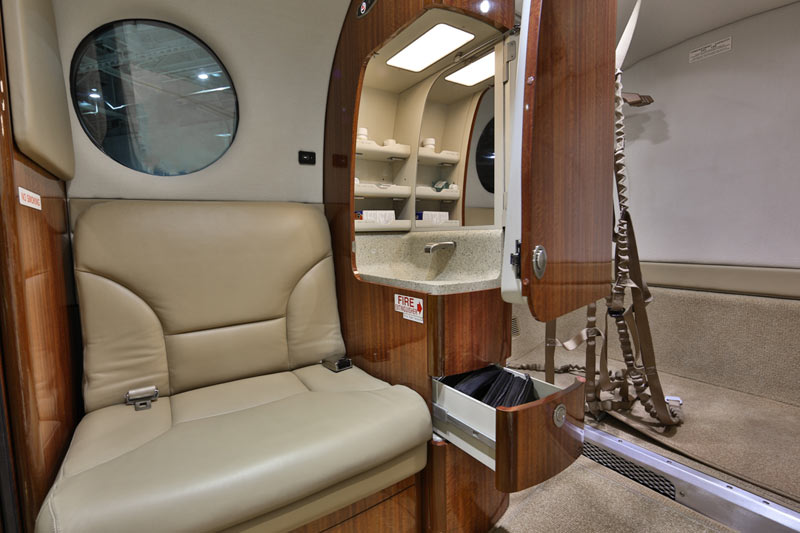Navigating aircraft acquisition is equally exciting and overwhelming. After considering your mission and your budget, the next steps are to choose which aircraft is right for you and make an offer.
Aircraft Selection
When determining which aircraft is right for you, it is important to understand different aircraft types and capabilities.
- Helicopters are great for trips that are close by for trips that you may not want to drive. These are very common for our clients in central Texas going out to their ranches, as well as New York clients making a weekend trip to the Hamptons.
- Turboprops, on the other hand, are great if you go a lot of short distances but are more concerned with utility than you are with ramp presence or quietness in the cabin. Most don’t require long takeoff or landing distance, and can be fitted with gravel kits and can land on grass strips. Turboprops are very diverse, which is why we like to call them the SUV of the aviation world—utilitarian but sometimes without available creature comforts.
- Light jets have shorter range, smaller cabins, and lower operating costs than lighter jets. One major benefit is that many can be operated by a single pilot which helps cut the overall budget.
- Mid-sized jets meet a wide range of missions between the light jet and the large jet. Many of which can fly point-to-point inside most countries. These jets usually have amenities like stand-up cabins, externally serviceable lavatories, and galleys with heating capabilities.
- Large jets are great for long distances, and flying over land or oceans. The cabin is much roomier, oftentimes divided into several sections with a separate galley and lavatory. Most can even be configured for sleeping.
To pinpoint specific aircraft that fit your criteria, use our Aircraft Finder tool that provides a list of your best aircraft matches in real-time.
Once you know the plane you want, it’s time to find one available, and make an offer.
Good Offer Parameters
When making an offer, you need to start by identifying the buyer and seller, with the caveat that sometimes an offer is made to or on behalf of an agent, which could be the case for a number of reasons.
The next step is to identify the asset. This is going to be the aircraft year, make, and model, as well as the airframe and engine serial numbers and the current national registry of the aircraft.
The offer should include a price, but sometimes, this needs further justification in a cover letter. It should also include a list of equipment and documentation, wiring diagrams, manuals, details on transferable programs and warranties, expected condition of the aircraft, and the currency for the transaction including tax liabilities and the closing location.
Once all of the details have been established, the next step is to address handling of documents and money through an escrow account. Terms are indicated and the buyer usually conducts any inspections or test flights and makes their preferences known in the offer.
The final section contemplates closing where the buyer and the seller establish a deadline and a location for the sale. In the final lines of the offer, a confidentiality clause, legal jurisdiction, an offer expiration and the appropriate signature lines are suggested.
There’s much more to be said on the topic, especially for serious buyers. If that’s you, download our eBook on private aircraft acquisition to learn more:





